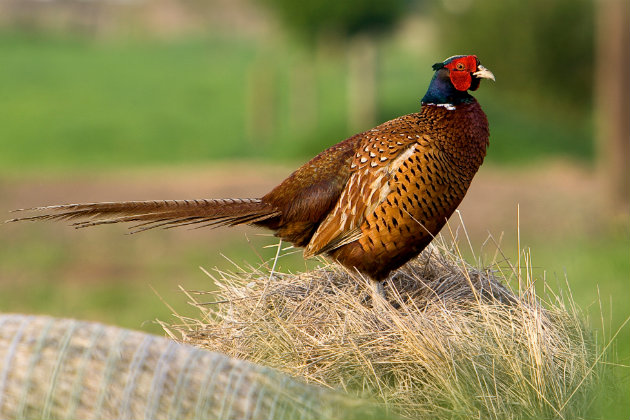Win CENS ProFlex DX5 earplugs worth £1,149 – enter here
Study finds pheasant link to Lyme disease germ

New research has shown ticks are more likely to carry the bacteria that can cause Lyme disease in areas where pheasants are released.
Researchers studied ticks in 25 woodland areas in south-west England where pheasants were released and 25 nearby control sites where no pheasants were released.
They found the bacteria that can cause the infectious Lyme disease, Borrelia spp., was almost 2.5 times more common in ticks in the pheasant-release areas.
The research was carried out by the Centre for Ecology and Conservation on the University of Exeter’s Penryn campus in Cornwall and the UK Health Security Agency (UKHSA).
Director of Environment, Policy and Politics for the National Gamekeepers Organisation (NGO), Tim Weston told ST: “Any gamekeeper working in rural Britain will know that ticks are becoming more prevalent and so are the diseases they carry.
“There are many factors contributing to this increase, notably a changing climate and the fact that ticks are no longer decimated by winter weather. Other factors may be at play too, and the NGO welcomes all research into ticks and Lyme disease as these affect those of us working in rural areas disproportionately.”
Related Articles
Get the latest news delivered direct to your door
Subscribe to Shooting Times & Country
Discover the ultimate companion for field sports enthusiasts with Shooting Times & Country Magazine, the UK’s leading weekly publication that has been at the forefront of shooting culture since 1882. Subscribers gain access to expert tips, comprehensive gear reviews, seasonal advice and a vibrant community of like-minded shooters.
Save on shop price when you subscribe with weekly issues featuring in-depth articles on gundog training, exclusive member offers and access to the digital back issue library. A Shooting Times & Country subscription is more than a magazine, don’t just read about the countryside; immerse yourself in its most authoritative and engaging publication.







